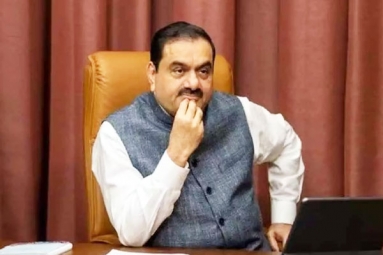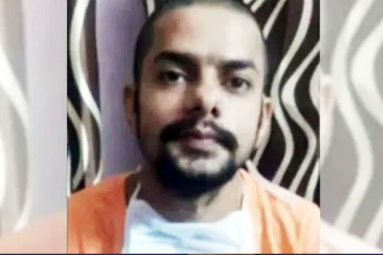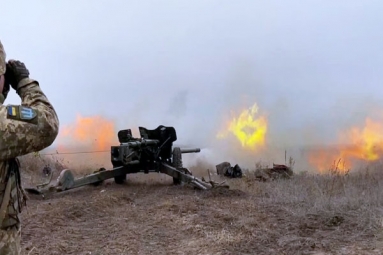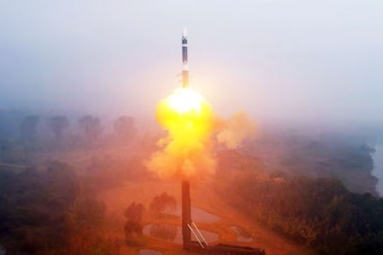Security features of Rs.500, Rs. 2000 notes to be changed every 3-4 years
April 03, 2017 18:42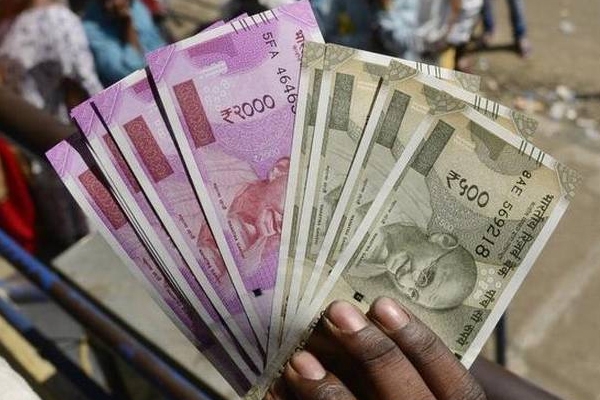
To check counterfeiting, the Indian government is planning to change the security features of higher denomination currency notes of Rs. 2000 and Rs. 500 every 3-4 years in accordance with global standards.
The decision if taken after the authorities recovered a large amount of fake currency notes in the last four months after demonetization.
The issue regarding fake currency notes was discussed at a high-level meeting on Thursday last week, which was attended by senior officials of the Ministries of Finance and Home, including Union Home Secretary Rajiv Mehrishi.
Officials of Home Ministry said that the most of the developed countries change the security features of the higher denomination currency notes in every 3 to 4 years and therefore, it is absolutely necessary for India to follow this policy.
The change in design of Indian currency notes of higher denominations was long due, till its demonetization. There were no changes made in the scrapped currency note of Rs. 1000 since its introduction in 2000. The scrapped Rs. 500 note, which was launched in 1987 the changed were made more than a decade ago.
Officials said that the newly introduced currency notes had no additional security features and were similar to those in the old Rs. 1,000 and Rs. 500 notes, officials said.
Investigators found that the recently seized fake notes had at least 11 of the 17 security features in the news Rs. 2000 notes.
The similar security features include, Ashoka Pillar emblem, the letters ‘Rs.2000’ on the left, transparent area, the Governor’s signature, the watermark and denomination number in Devanagari on the front, officials said.
Besides, the ‘Swachh Bharat’ logo, the motif of ‘Chandrayaan,’ and the year of printing had been copied on the reverse side of the note. Although the quality of the print and paper was poor, they resembled genuine notes.
They said that the change of security features in every 3-4 years will lead to curbing of counterfeiting to a great extent.
The suspects, who have been arrested along with the fake notes, have said that the notes were printed in Pakistan with the help of their Inter Services Intelligence (ISI) and had been smuggled into India via Bangladesh.
According to a study conducted by the Indian Statistical Institute, in 2016, the value of fake Indian currency notes in circulation is at Rs. 4 Billion.
NRis can exchange old-currency notes till 30th June
AMandeep






